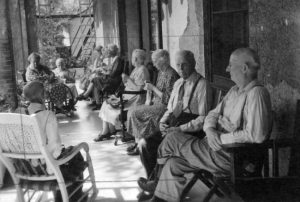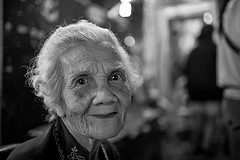 Whether you have an elderly loved one who lives in San Diego County or elsewhere in California, it is important to understand how elder abuse laws in our state can help to provide compensation for seniors who suffer injuries as a result of abuse and neglect in the assisted living setting. According to a recent report from the North Coast Journal, a California jury awarded $5 million to the family of an elderly woman who died while under the care of Timber Ridge McKinleyville. The jury, according to the article, “found the facility liable for wrongful death and elder abuse.” Of the $5 million jury verdict, $2.5 million in punitive damages was awarded.
Whether you have an elderly loved one who lives in San Diego County or elsewhere in California, it is important to understand how elder abuse laws in our state can help to provide compensation for seniors who suffer injuries as a result of abuse and neglect in the assisted living setting. According to a recent report from the North Coast Journal, a California jury awarded $5 million to the family of an elderly woman who died while under the care of Timber Ridge McKinleyville. The jury, according to the article, “found the facility liable for wrongful death and elder abuse.” Of the $5 million jury verdict, $2.5 million in punitive damages was awarded.
Congratulations to attorneys Tim Needham and Michael Thamer for such outstanding work on behalf of this family.
This jury verdict emphasizes the importance of speaking with an experienced San Diego County nursing home abuse lawyer in the event that an elderly loved one sustains serious or fatal injuries resulting from elder abuse or neglect. If you have questions, do not hesitate to contact the Walton Law Firm.
 Southern California Nursing Home Abuse Lawyer Blog
Southern California Nursing Home Abuse Lawyer Blog

















